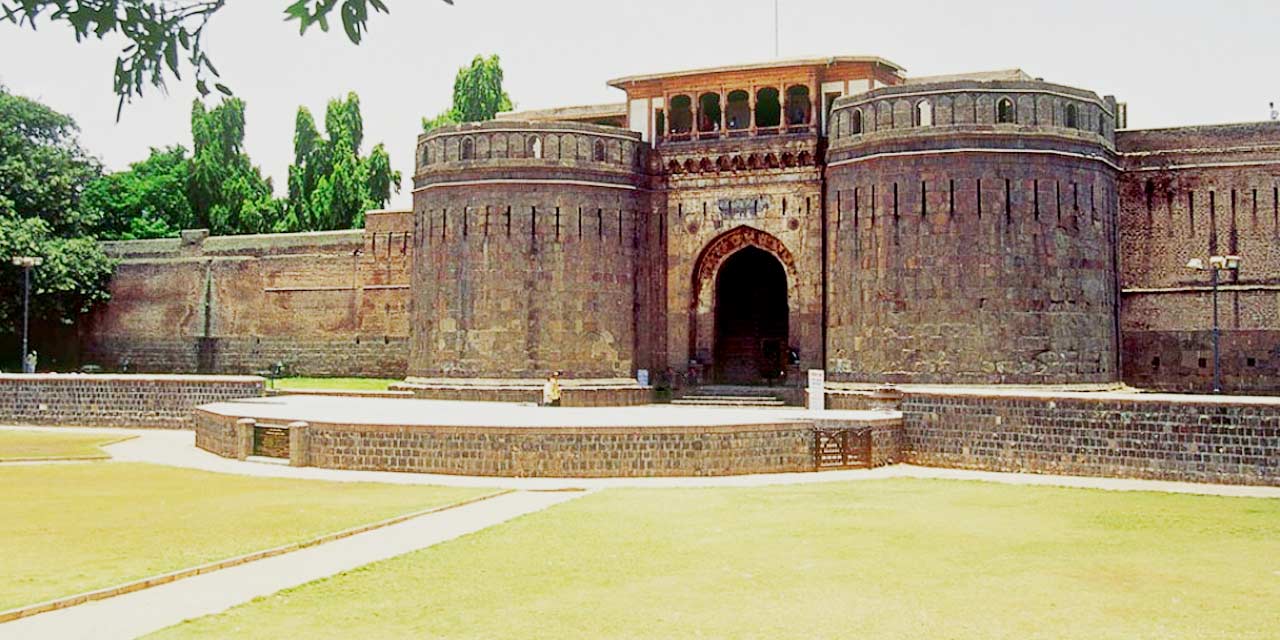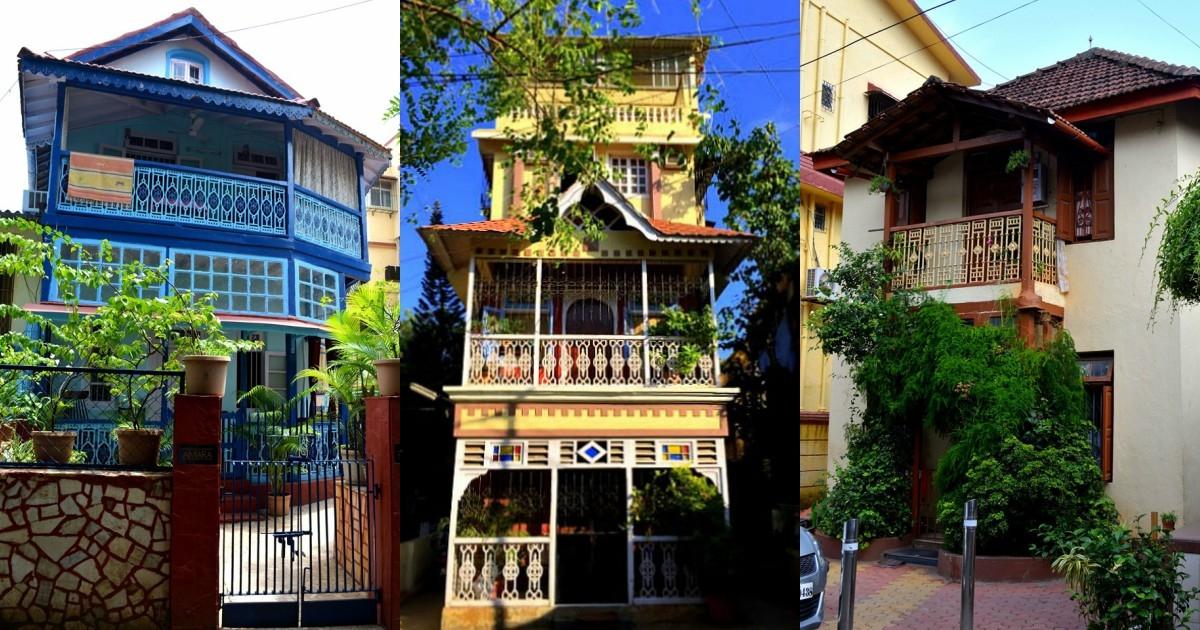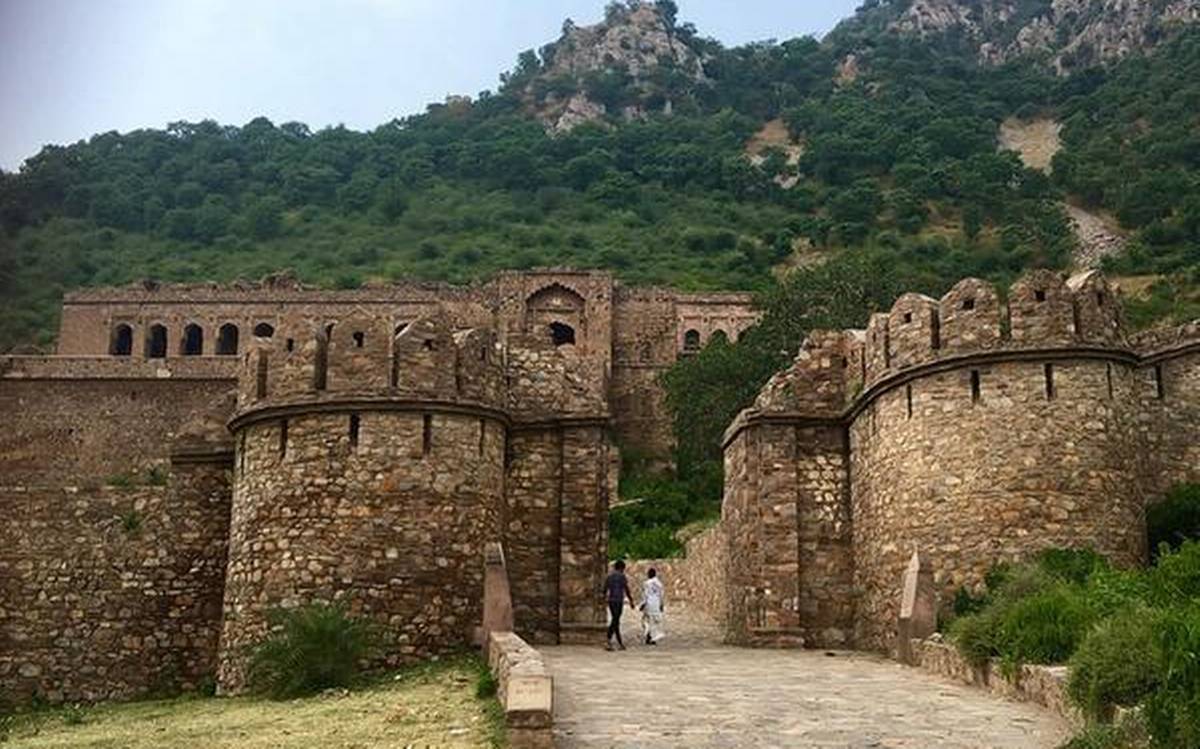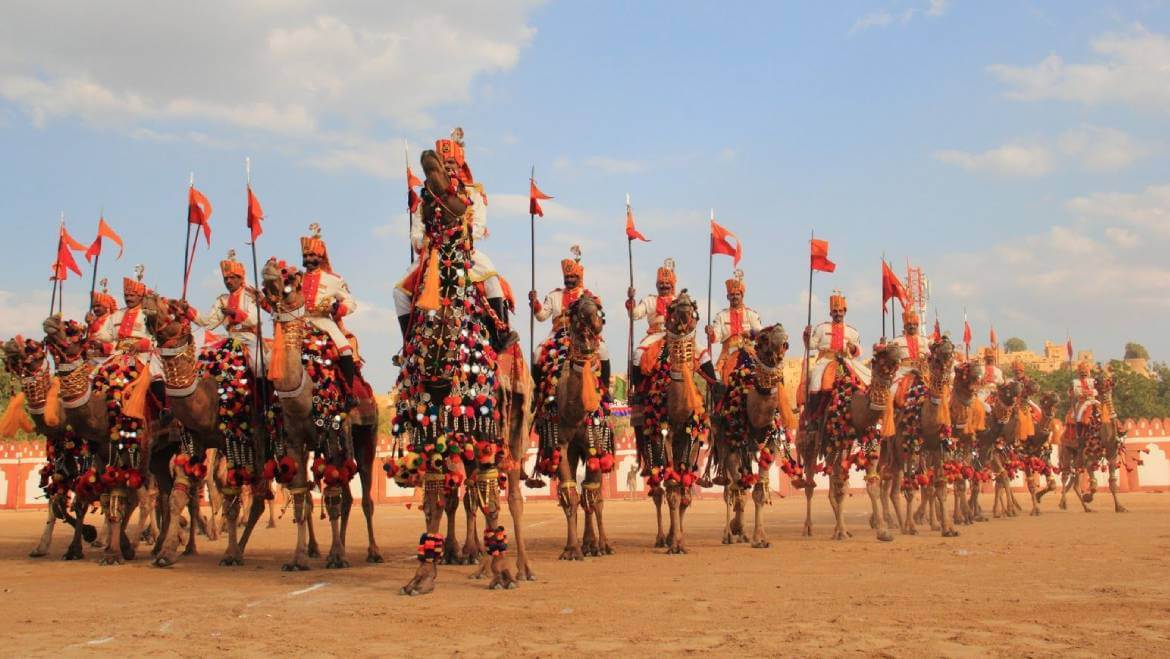Things to Do in Pune: Mumbai may be the capital of Maharashtra, but it is Pune that is considered the cultural capital. Located about three hours southeast of Mumbai, Pune houses most of the state’s heritage, with a long and mixed history dating back nearly 2,000 years. In particular, the city’s architecture and customs span 300 years of Islamic rule (from the early 14th–to 17th centuries), the transformational rule of the Marathas (from the beginning of the 17th–to 19th centuries), and the British period (from the early 17th–early 17th centuries). ) have been affected. from the 19th century to the middle of the 20th century).
The iconic Maratha warrior and king Chhatrapati Shivaji Maharaj grew up in Pune. He fought vigorously against the Mughals and established a separate Maratha Empire. Pune actually flourished in the 18th century when it became the Maratha capital under the Peshwas – who led the Maratha Empire – and the political center of the Indian subcontinent. The city was also a center of social reform and a center of nationalism during the Indian independence movement to oust the British.
Pune is not on the tourist trail but it is worth visiting to gain an understanding of the multifaceted background and traditions of Maharashtra. These include the top things to do in Pune and more.
16 Things to Do in Pune
- Retrace Pune’s History
Only limited time in Pune but want to cover as many of the city’s important historical attractions as possible? Pune Magic’s full-day A Journey Through History tour is the best way to do it effortlessly. These include the 8th-century Pataleshwar Rock Temple, the Dargah of Sheikh Salla built during early Islamic rule, the Lal Mahal where Shivaji lived, the Kasba Ganapati temple established by Shivaji’s mother (the deity is believed to be the patron of the city), Shaniwar Wada Fort Palace built by the first Peshwa Baji Rao I, the administrative building and military area in the British cantonment, Tulsi Bagh and Mahatma Phule Mandai Bazaar, and the Aga Khan Palace where Mahatma Gandhi and other nationalist leaders were imprisoned by the British in the 1930s.
- Watch the Sound and Light Show at Shaniwar Wada
A colorful 45-minute open-air sound and light show is the main attraction at the remains of Shaniwar Wada Fort, which was the residence and office of the Peshwas in the old city of Pune. It tells the story of Peshwa Baji Rao I and the Golden Age of the Maratha Empire. Unfortunately, however, there is no English statement. The show in Marathi starts after sunset at around 7 pm depending on the time of year. The Hindi show runs at around 8 pm. It is held every day except Tuesday and costs 50 rupees (70 cents) per person. Tickets can be purchased at the memorial.
- Admire the Unusual Architecture of Shinde Chhatri
If you are interested in Maratha history, do not miss to visit Shinde Chhatri. This unusual, lesser-known monument honors Mahadji Shinde, who excelled as commander-in-chief of the Maratha army under the Peshwas from 1760–to 80. He is credited with re-establishing the power of the Marathas after they were defeated by the Afghans in the Third Battle of Panipat. The memorial complex consists of a Shiva temple built by Mahadji Shinde in 1794 and an adjoining memorial, built-in 1965 by his descendant Madhavrao Scindia at the site where he was cremated. Its architecture is an interesting mix of European and local styles. Inside, the splendidly ornate and captivating interior houses the Shinde family portrait and a statue of Mahadji Shinde.
Shinde Chhatri is located in Wanowri, the south-eastern outskirts of Pune, and is included in the government-run Pune Darshan Bus Tour. The entry fee is Rs 25 for foreigners and Rs 5 for Indians.
- Learn About the Indian Independence Movement
The Indian independence movement had its roots in Pune with many prominent freedom fighters including Lokmanya Bal Gangadhar Tilak. While Mahatma Gandhi is known as the “Father of a Nation”, Lokmanya Tilak is regarded as the “Father of Indian Unrest”. There is an entire section about him in the new Swaraj-Journey of Freedom Fighters Museum. It is established in the newly restored Nana Wada Haveli, which was built in 1780 near Shaniwar Wada by the Chief Administrative Officer of the Peshwas. Bal Gangadhar Tilak’s home in Narayan Peth, Kesari Wada also has a museum dedicated to his life.
Towards the end of the Indian independence movement, Mahatma Gandhi led a successful strategy of nonviolent protest and withdrawal of cooperation against British authority. Part of the Aga Khan Palace in Yerwada, Northeast Pune has been converted into the Gandhi National Memorial Museum. You can see the room where he stayed, rare photographs of him and events during the independence movement, and his personal effects. There are also shrines to his wife and secretary, who died in the Aga Khan Palace.
- Go, Museum Hopping
Museum-lovers can quickly fill a day at Pune’s museums. Apart from the ones mentioned above, there is more to see. The remarkable Raja Dinkar Kelkar Museum houses a delightfully diverse assemblage of thousands of rare artifacts, many of which were used in Indian homes, privately collected by just one person. It includes traditional musical instruments from the 15th century, instruments of war, and royal fashions.
The Vikram Pendse Cycle Museum has a huge array of bicycles. Head to the Tribal Cultural Museum to learn about the lives of the tribes of Maharashtra. Joshi’s Miniature Railway Museum will delight kids and railway enthusiasts with India’s only miniature city. Those interested in spirituality will appreciate the state-of-the-art Darshan Museum at the Sadhu Vaswani Mission, which is dedicated to showcasing the life of Sadhu TL Vaswani. Pune also has an excellent National War Museum (open daily except for Tuesdays), with armored vehicles and a military parade every Saturday at 5:30 pm.
- Wander Through Pune’s Oldest Neighborhood
Pune’s oldest neighborhood, Kasba Peth, is located next to Shaniwar Wada. Much of it is still frozen in time, unaffected by modernization. Chaotic and colorful markets, Old World communities (such as basket makers and potters), temples, and historical sites are fascinating. The neighborhood is huge. So, for the most comprehensive and practical experience, ideally, take a guided walking tour, such as that offered by Chalo Heritage and Nature Walk or provided by Pune Magic.
- See How Copper Craft is Being Revived
A 400-year-old community of copper makers in the streets of Tambat Ali in Kasba Peth came to Pune to make household items and weapons for the Peseshwari army. They continue to make copper utensils by hand and you can see the process in their workshops. Studio Copper revitalizes metal crafts by giving products a contemporary, global appeal with enhanced finishes and designs. You’ll want to leave plenty of space in your suitcase for them! Gorgeous prayer leaves and sunflower tea light holders make lovely gifts. The retail store is located in a bungalow on Bhandarkar Road in the Deccan Gymkhana area to the west of the old city. It is open daily except for Sunday.
- Shop for Indian Handicrafts
Who can resist Indian handicrafts? Heritage Handicraft Emporium MG Road was established in 1957 and stocks a wide range of products from Kashmir to Kanyakumari. The Bombay store next to it sells artisanal Indian handicrafts and has its roots in the independence movement when it was established in 1905 to promote Indian-made goods. Warsaw – The Heritage Store, inside Shaniwar Wada, INTACH is a Pune-based non-profit initiative that provides a platform for Maharashtrian artists to develop and retail their products. For handicrafts from tribal areas across the country, visit the Tribes India outlet of the Ministry of Tribal Development at Sonepati Bapat Marg.
- Hunt for Groovy Street Art
The worldwide street art trend is present in Pune, with many murals transforming the city walls in recent years. It started with a 2012 street art project in Kasba Peth, led by local visual artist Harshvardhan Kadam. The murals are scattered throughout the neighborhood streets and alleyways, and you’ll have to hunt to find them. Hint: This article contains a map. Gavakos Maruthi Mandir (Temple) is a good starting point. Adjacent to Kasba Peth, the old Sri Krishna Theater in Budhwar Peth’s Lal Batti district is also covered with murals painted by transgender sex workers who participated in the Arvani art project.
- Try Local Maharashtrian Food
Award-winning Pune restaurant chain Maratha Samrat (closed on Mondays) serves authentic and clean Maharashtrian cuisine in charming surroundings. The menu includes favorites such as Kolhapuri Chicken Curry and Malwani-style seafood from the Konkan Coast. Choose one of the thalis (s) to sample different dishes. The most central is the restaurant branch in the Attur House building on Wellesley Road in the camp. Hotel Shreyas’ restaurant on Apte Road in Deccan Gymkhana is also very popular for its authentic Maharashtrian thali.
Foodies should join the Western Route on one of their Pune Food Trails to explore traditional food joints in the old city and cantonment areas of Pune. They also do seasonal festival tours.
- Sample Local Craft Beers
Pune has a thriving micro-brewery scene. Independence Brewing Company in East Pune is arguably the city’s finest, with a lovely open-air beer garden and plenty of beers to choose from. Order a special beer flight worth Rs.150 to try them all. Doolie, one of the oldest microbreweries in India, sells its beer at 1 Brewhouse (which was the country’s first licensed brew-pub) at The Corinthians Resort & Club in Mohammad Wadi, South Pune. One of the newest entrants to Cosmopolitan Koregaon Park is the trendy Effingt Brewerkz, renowned for its beers infused with spice and fruit infusions. There are also many other bars, cafes, and restaurants to visit in Koregaon Park.
- Relax in Osho Teerth Park
Osho International Meditation Resort in Koregaon Park has transformed a 12-acre adjoining public wasteland into a lush garden with bamboo forest, walking tracks, and a stream. It is not necessary to be a member of Osho to visit the serene Osho Shrine Park. It is open from 6 am to 9 am and till 3 pm. Admission is free till 6 pm. You can also participate in the resort’s various meditation sessions held throughout the day from 6 am to 10.30 pm. If you sign up for Meditation Pass. They are available for periods ranging from one to 10 days and 30 days.
- Spot Migratory and Resident Birds
Being surrounded by mountains of Western Ghats, Pune attracts many species of birds. While many can be seen throughout the year, winter (December to March) is when thousands of migratory birds stop further south in the city’s water bodies. Birders should not miss the opportunity to take this nature walk with acclaimed naturalist Rashid to their favorite places in and around Pune.
- Attend the Ganesh Festival
India’s famous Ganesh festival originated 125 years ago in Pune as a way of bringing people of different classes and castes together, uniting them against British rule. There is debate as to who started it – Sardar Krishnaji Khasgiwale, freedom fighter Bhausaheb Rangari, or freedom fighter Lokmanya Tilak. The festival takes place every year in August or September, with beautifully decorated idols of Lord Ganesha installed on podiums across the city. The idol of Dagdusheth Halwai Ganpati Temple in Budhwar Peth is very popular and historical. Other top sculptures include the Kasba Ganpati Temple and Tulsi Bagh.
- Celebrate Diwali at Shaniwar Wada
Shaniwar Wada is the place to celebrate Diwali in Pune, as citizens of the entire city gather in the evening to light thousands of diyas (small terracotta oil lamps) on the first day of the festival. This tradition dates back to the Maratha Empire when Shaniwar Wada was his seat of power and he performed rituals there. It was revived in 2000 by a laughing club called Chaitanya Hasya Yoga Mandala.
- Enjoy India’s Largest Classical Music Festival
The Sawai Gandharva Bhimsen Festival (formerly the Sawai Gandharva Music Festival, and simply called Sawai) is held in Pune every year since 1953. The great classical singer Bhimsen Joshi started the festival to honor his teacher, Sawai Gandharva. From humble beginnings, it has grown into India’s largest classical music festival featuring unforgettable performances by top singers and composers. The festival takes place over three days in the first two weeks of December each year. In 2019, it is happening from 11-13 December.
Similar Articles









